ERP System Development
Home ERP System DevelopmentERP system development
An Enterprise Resource Planning (ERP) system is a comprehensive software solution that integrates all the essential tools and processes needed to operate a successful business, including HR, manufacturing, supply chain, finance, and accounting. At Digiflex, we implement ERP systems tailored to your specific needs, streamlining operations and improving collaboration across departments. By centralizing your data and processes, our ERP solutions enhance efficiency, reduce operational costs, and provide real-time insights for informed decision-making. This empowers your organization to optimize resources, increase productivity, and drive growth, ultimately positioning your business for long-term success in a competitive landscape.

Business Process Mapping
Understanding and mapping current business processes to identify gaps and opportunities for improvement.
k
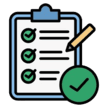
Custom Requirements
Gathering specific requirements from various departments (e.g., finance, sales, procurement) to tailor the ERP system to the business’s unique needs.

Modular Architecture
ERP systems are typically built using a modular approach, where different business functions (modules) like finance, inventory, and HR are developed as separate but integrated units.

Database Design
Creating a robust database structure that centralizes and organizes data from all business operations.
l

User Interface (UI) and User Experience (UX) Design
Designing an intuitive interface that allows users to easily navigate the ERP system and access the information they need.

Tailored Functionality
Developing custom features that align with specific business processes, such as unique inventory management workflows, pricing strategies, or reporting requirements.

Integration with Third-Party Applications
Integrating the ERP system with existing software solutions (e.g., CRM, e-commerce platforms) or external services (e.g., banking, shipping) to ensure seamless data flow.
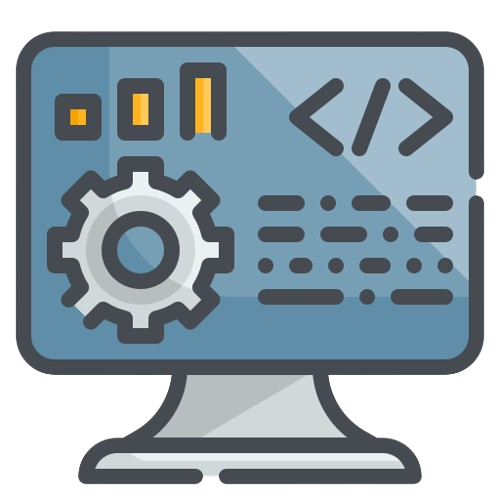
Coding and Development
Building the ERP system using programming languages and frameworks such as Java, .NET, Python, or PHP, depending on the platform.
l
k
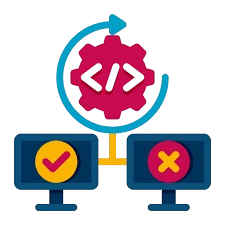
Unit and Integration Testing
Ensuring that each module works independently and integrates smoothly with the rest of the system.
k
k

User Acceptance Testing (UAT)
Involving end-users to validate the system’s functionality and confirm that it meets business requirements.
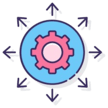
Deployment
Installing the ERP system either on-premises or in the cloud (depending on the business needs), ensuring smooth transition and minimal downtime.
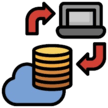
Data Migration
Transferring existing data from legacy systems to the new ERP platform, ensuring accuracy and completeness.
l
Listen what people are speaking about us
That is how we are delivering the promises to our clients.

